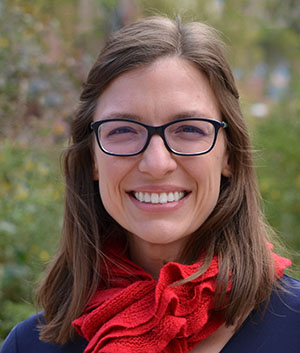
“I have a hard time envisioning a career more exciting than science. It’s really magical to see an experimental result and, for a moment, be the only person in the universe to know something about the world,” says Markita Landry, Ph.D., an associate professor of chemical and biomolecular engineering at the University of California, Berkeley. In an interview, Dr. Landry shares with us her scientific journey, research with nanoparticles, and interests outside of the lab.
Q: What sparked your interest in science?
A: I was indirectly exposed to science growing up because my mom was in computer science, but I think moving to the United States is what made me very interested in it. My mother is Bolivian; my father is French-Canadian; and I grew up mostly in Quebec, Canada. When I was halfway through high school, we moved to the United States, and, for the first time, my classes were taught in English. I really gravitated to math and science because they made sense regardless of the language they were taught in.
Continue reading “Career Conversations: Q&A With Biomolecular Engineer Markita Landry”














